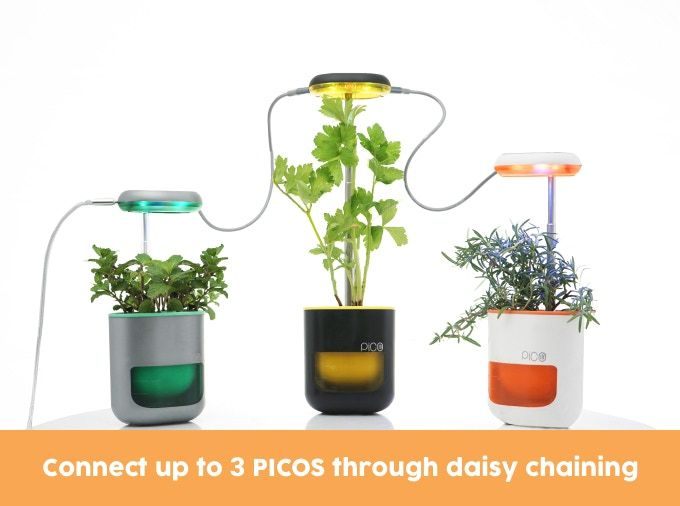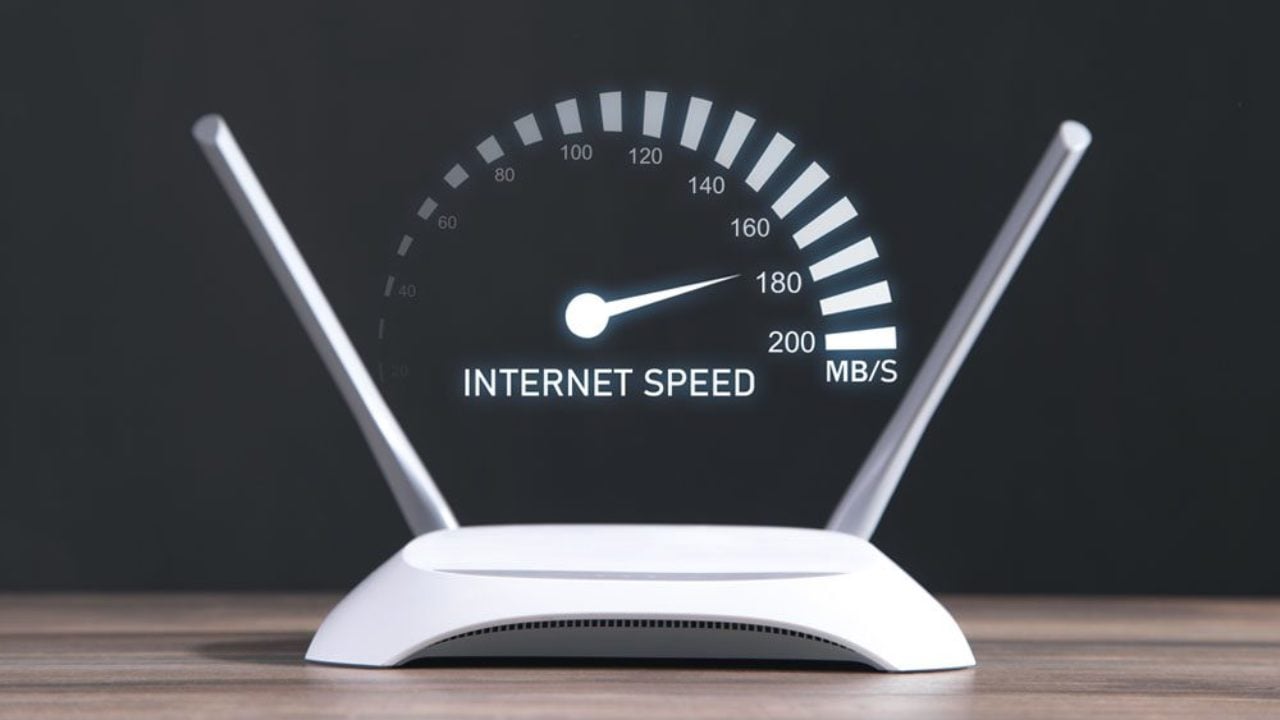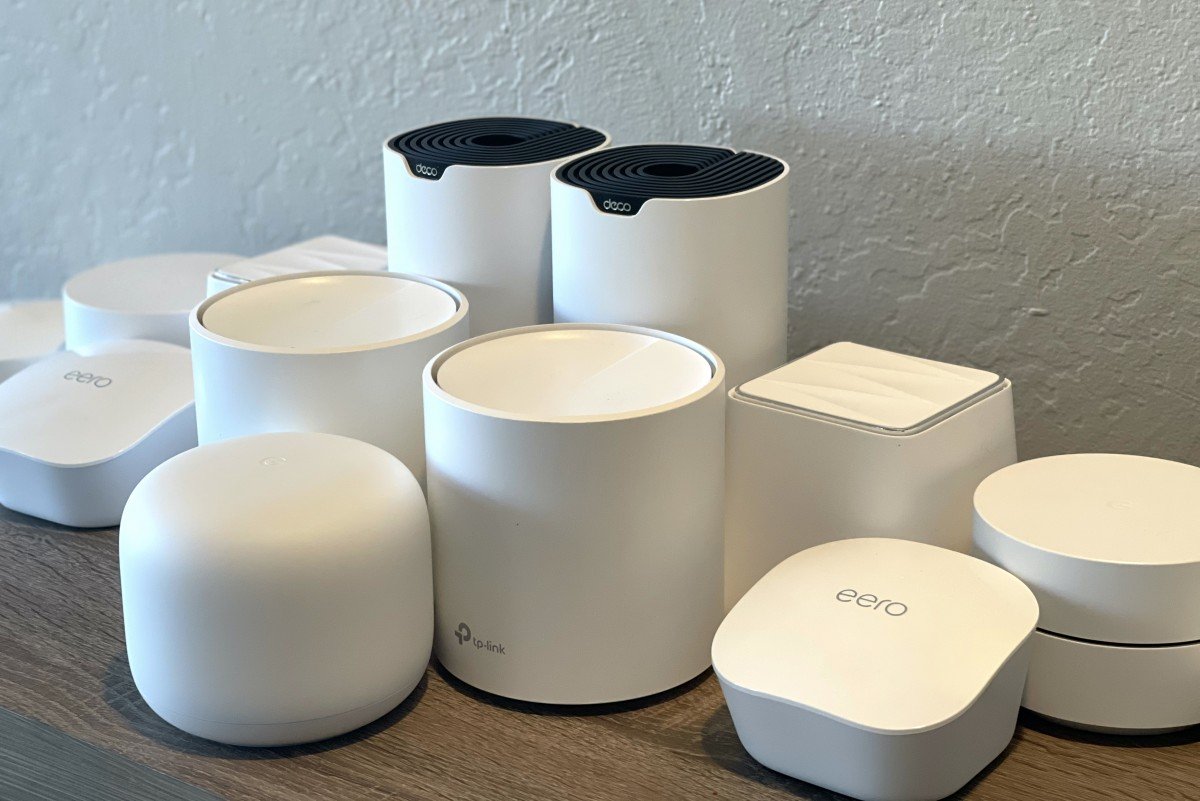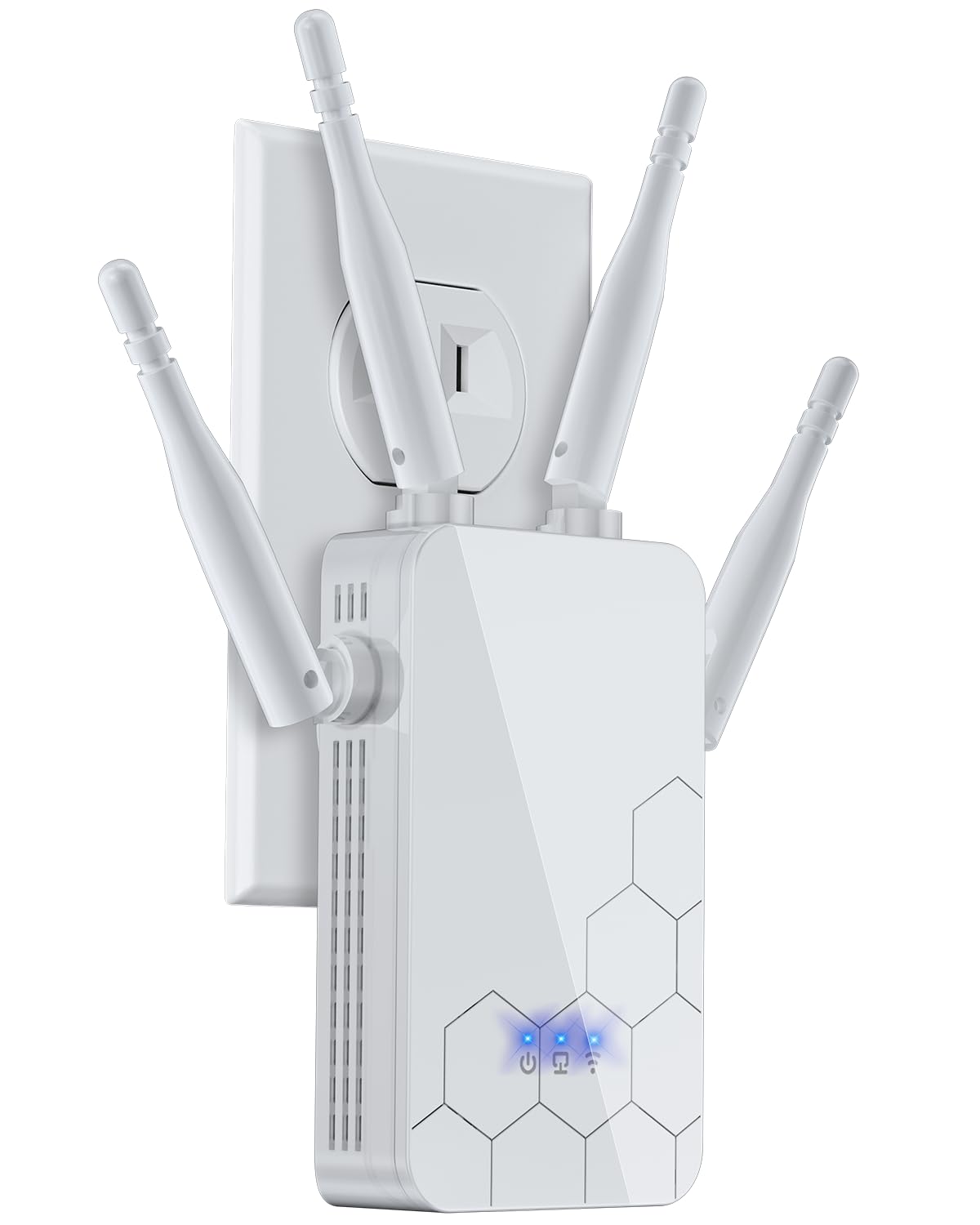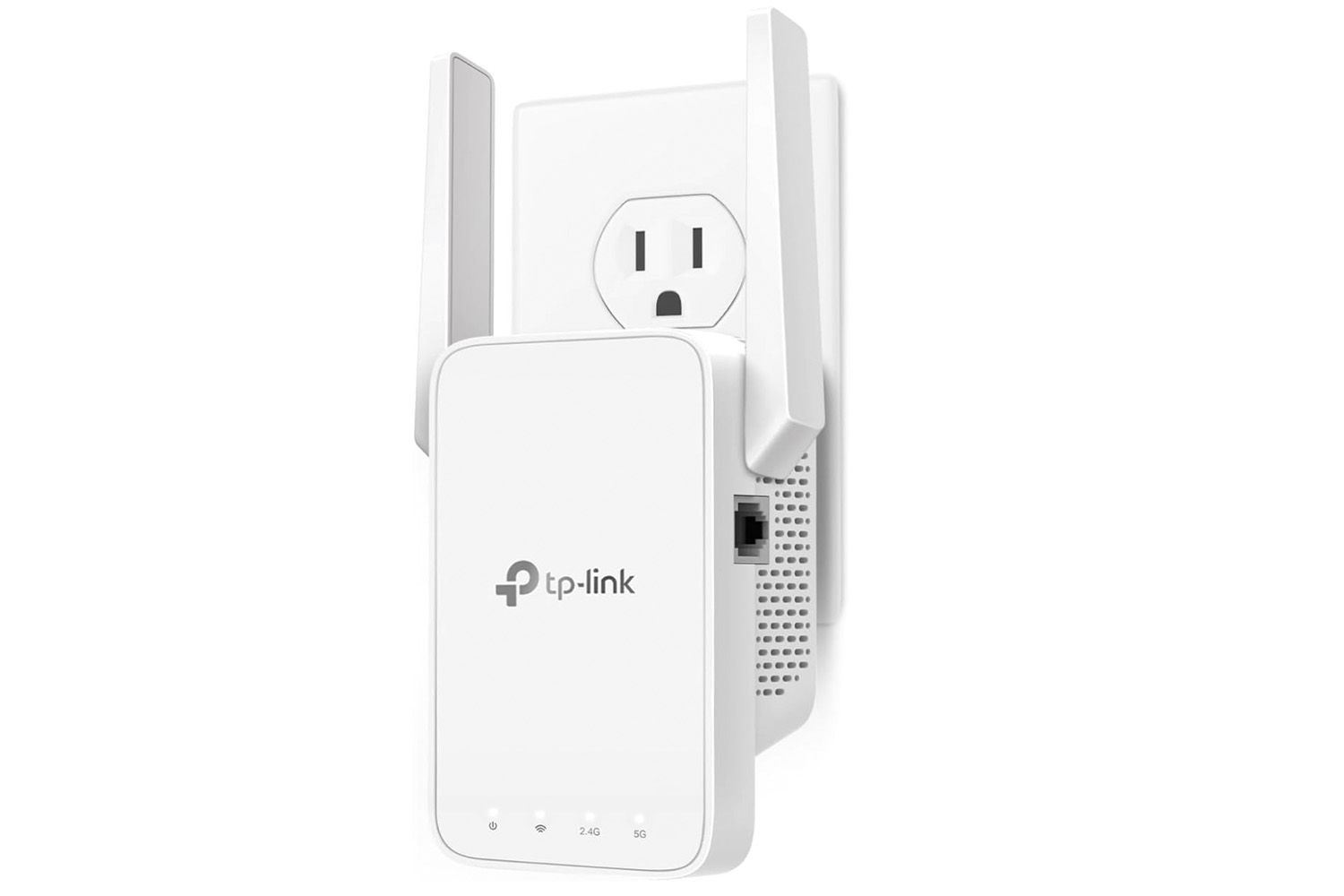Imagine stepping outside to your garden or patio, where soft, glowing lights highlight your favorite plants and create a cozy, inviting atmosphere. You don’t need to rely on expensive fixtures or complicated setups to achieve this.
Building smart outdoor planter lights is easier than you think—and it can transform your outdoor space in ways you’ll love. In this guide, you’ll discover simple, practical steps to create your own smart lighting that not only looks stunning but also saves energy and fits perfectly with your lifestyle.
Ready to brighten up your nights and impress your guests? Let’s get started.

Credit: bluestem.ca
Choosing Materials
Building smart outdoor planter lights needs good materials. Choosing the right parts helps lights last long and look nice.
Think about containers, lights, and waterproofing. Each part must suit outdoor use and weather conditions.
Selecting Durable Containers
Containers hold plants and lights outside. They must resist rain, sun, and wind without breaking.
Materials like metal, ceramic, and thick plastic work well. Avoid thin or weak containers that crack easily.
- Metal containers last long but may rust if not coated
- Ceramic pots look nice and resist sun damage
- Thick plastic is light and can handle rain well
- Wood needs sealing to stop rot and insects
Picking Suitable Light Sources
Choose lights that save energy and work outdoors. LED lights are good because they use less power and stay cool.
Solar lights charge during the day and shine at night. They are easy to install without wires.
- LED bulbs last long and use little electricity
- Solar lights charge with sunlight and work at night
- Battery-powered lights need easy access for changing batteries
- Check brightness to match the area you want to light
Waterproofing Essentials
Waterproofing protects lights and containers from rain and moisture. This keeps your planter lights working well.
Use waterproof sealants on joints and electrical parts. Cover wires and connections with protective covers.
- Apply silicone sealant around light fittings
- Use waterproof boxes for batteries and controls
- Choose outdoor-rated cables and connectors
- Check seals regularly to avoid water damage

Credit: www.hgtv.com
Planning Your Design
Building smart outdoor planter lights needs good planning. Think about how your design will look and work.
Planning helps you choose the best lights and make your plants shine at night.
Deciding Light Placement
Place lights where they show off your plants well. Think about the shape and size of the planter.
Lights should highlight the plants without causing glare or harsh shadows.
- Put lights near taller plants for soft backlighting
- Use spotlights on colorful flowers or leaves
- Place lights at the edges to outline the planter
- Avoid placing lights where they blind people or neighbors
Incorporating Plant Types
Choose lights that suit the plants in your planter. Some plants need more light than others.
Match the light color and brightness to the plant’s natural needs and look.
- Use soft white lights for leafy green plants
- Try colored lights to enhance flowers’ colors
- Adjust light height for tall or short plants
- Pick waterproof lights for plants that need watering
Power Source Options
Decide how you will power the planter lights. Choose between wired, solar, or battery options.
Consider how easy it is to install and maintain the power source.
- Wired lights need an outlet but give steady power
- Solar lights use sunlight and save energy
- Battery lights are flexible but need regular changes
- Think about safety and weather resistance for all options
Assembling The Planter Lights
Building smart outdoor planter lights adds charm and function to your garden. The assembly involves careful preparation and safe electrical work.
Follow clear steps to prepare the planter, install electrical parts, and seal connections for durability.
Preparing The Planter Base
Start by choosing a sturdy planter that fits your outdoor space. Clean the base well to remove dirt and dust.
Check for drainage holes and add more if needed. This prevents water buildup around the lights.
- Pick a solid, weather-resistant planter
- Clean the planter base thoroughly
- Ensure proper drainage holes exist
- Add extra holes if water can collect
Installing Electrical Components
Use waterproof electrical parts designed for outdoor use. Lay out the wiring inside the planter carefully to avoid damage.
Connect the lights to a power source with the right voltage. Test the lights before final assembly to confirm they work.
- Use outdoor-rated wires and fixtures
- Arrange wiring to prevent pinching or strain
- Connect lights to compatible power supply
- Test all electrical parts before sealing
Securing And Sealing Connections
Secure all wires and components with clips or ties. Seal connections with waterproof tape or sealant to stop moisture entry.
Double-check seals and ensure no gaps remain. This will protect the planter lights and extend their life.
- Use clips or ties to hold wires firmly
- Apply waterproof tape on all connections
- Seal gaps with silicone or weatherproof sealant
- Inspect seals to avoid water leaks
Enhancing Light Effects
Outdoor planter lights can change the look of your garden or patio. Using smart ideas can make light effects more interesting and beautiful.
Small changes in how you use light can add depth and charm to your outdoor space. Let’s explore some ways to improve light effects.
Using Colored Bulbs And Filters
Colored bulbs can change the mood of your outdoor area. You can also use filters to soften or change the light color.
These colors can highlight plants or create a cozy atmosphere for evening gatherings.
- Red bulbs add warmth and energy
- Blue bulbs create a calm, cool feel
- Green bulbs blend with natural plants
- Filters can soften harsh light
- Mix colors for creative effects
Adding Reflective Surfaces
Reflective surfaces bounce light and make your outdoor space brighter. They add sparkle and highlight certain areas.
Use mirrors, metal, or glass near your planter lights for better light spread and shine.
- Place mirrors behind plants to reflect light
- Use metal pots or decorations to catch light
- Glass stones or crystals add sparkle
- Reflective surfaces increase light without more bulbs
Creating Layered Lighting
Layered lighting uses different light sources at various heights. This adds depth and interest to your outdoor space.
Combine planter lights with string lights or spotlights for a warm and inviting look.
- Use low lights near the ground
- Add mid-level lights on walls or fences
- Include overhead lights for general glow
- Mix soft and bright lights for balance
Maintenance Tips
Keeping your outdoor planter lights in good shape makes them last longer. Regular care prevents damage and keeps them bright.
Simple steps like cleaning and checking bulbs help your lights work well all year.
Cleaning And Upkeep
Clean your planter lights often to remove dirt and dust. Use a soft cloth and mild soap with water. Avoid harsh chemicals that can harm the surface.
Check for bugs or debris inside the light covers. Clear them gently to keep light bright and clear.
- Wipe lights weekly with a damp cloth
- Use a soft brush for hard-to-reach spots
- Dry lights completely after cleaning
Replacing Bulbs Safely
Turn off the power before changing any bulbs. This stops electric shocks and accidents. Use gloves to protect your hands from heat and sharp parts.
Pick the right bulb size and type for your planter light. Check the user manual or label on the fixture for correct details.
- Switch off power at the source
- Wait for bulbs to cool before touching
- Handle bulbs with clean gloves
- Check bulb wattage matches fixture
Protecting Against Weather
Outdoor planter lights face rain, wind, and sun. Use waterproof covers or sealants to stop water damage. Check seals often and fix cracks quickly.
Move lights indoors during extreme weather like storms or heavy snow. This prevents breakage and keeps your lights safe.
- Apply waterproof sealant yearly
- Cover lights during heavy rain or snow
- Store removable lights indoors in winter
- Inspect for cracks after storms

Credit: www.nytimes.com
Creative Ideas
Outdoor planter lights add charm and safety to your garden. They highlight plants and paths at night.
There are many ways to design smart planter lights. Use themes, solar power, or interactive features.
Themed Garden Lighting
Themed lighting sets a mood in your garden. Choose themes like fairy tale, rustic, or modern styles.
Use colors and shapes that match the theme. For example, lantern shapes for a rustic look or soft pastels for fairy tale style.
- Use warm white lights for cozy themes
- Try colored LED lights for fantasy themes
- Match planter shapes to the garden style
- Add small decorative items to enhance the theme
Solar-powered Planters
Solar-powered lights save energy and work without wires. They charge during the day and light up at night.
Place solar planters in sunny spots for best charging. Choose models with built-in solar panels for easy setup.
- Use solar lights to avoid electrical work
- Select waterproof planters for outdoor use
- Choose lights with long battery life
- Place planters where they get direct sunlight
Interactive Light Features
Interactive lights react to movement or sound. They create fun effects and improve safety by lighting paths.
Use sensors to turn lights on when someone walks by. Some lights change colors or brightness based on time or activity.
- Motion sensors activate lights for safety
- Sound-activated lights add playful effects
- Use timers to control lighting schedules
- Combine with smart home systems for remote control
Frequently Asked Questions
What Materials Are Best For Smart Outdoor Planter Lights?
Use weather-resistant materials like stainless steel, plastic, or treated wood. These ensure durability against outdoor elements and maintain light quality. Choose materials that complement your garden’s style and can support solar or LED technology for energy efficiency.
How Do Smart Planter Lights Save Energy?
Smart planter lights use LED bulbs or solar power, consuming less energy than traditional bulbs. They often feature motion sensors and timers to turn off when not needed, reducing electricity use and lowering your energy bills.
Can I Install Smart Lights Myself Outdoors?
Yes, most smart outdoor planter lights are designed for easy DIY installation. They usually come with clear instructions and require basic tools, making it simple to enhance your garden lighting without professional help.
Are Smart Planter Lights Weatherproof?
Most smart planter lights are built to be weatherproof or waterproof. Check for IP ratings like IP65 or higher to ensure they withstand rain, dust, and temperature changes, making them suitable for outdoor use.
Conclusion
Creating smart outdoor planter lights is easy and fun. These lights add charm to any garden. They also make spaces safer at night. Building them yourself saves money. Plus, you can customize them to fit your style. Choose colors and designs that match your garden.
Enjoy the satisfaction of a DIY project. It’s a rewarding experience. You also learn new skills along the way. With simple steps, anyone can do it. Brighten your garden and impress guests. Embrace creativity and innovation in your outdoor spaces.
Start building your smart planter lights today!
18 min read

